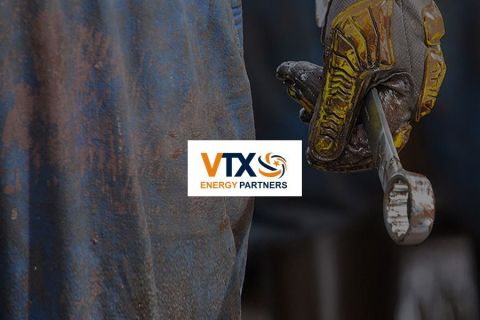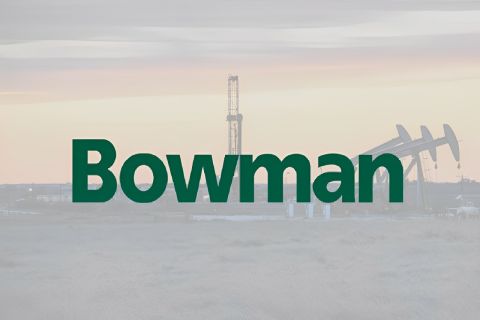Energy IPO investors have been handsomely rewarded, making for further interest in initial public offerings. "Much of the IPO activity in the oil and gas sector [last year] was sponsor-driven, with private-equity involvement in five of nine registered oil and gas IPOs that priced in 2005," says John Bass, managing director of JPMorgan energy investment banking. "Early in 2005, shareholders of private [E&P] companies took the view that the current cycle had significant additional running room and, if they launched an IPO process, the market would be there for them when they cleared the SEC." Total energy IPOs, including chemicals, power and all oil and gas, increased to $5.8 billion last year, compared with $2 billion in 2004, says Michael B. Davis, managing director of the equity capital-markets group with Credit Suisse Securities (USA) LLC. Energy IPOs represented about 18% of all IPOs in 2005, verses about 5% in 2004. "Energy IPOs had better pricing statistics and slightly better aftermarket performance than the entire IPO market," Davis says. "The average energy IPO priced at a 1.1% discount to the filing range, compared with a 4.9% discount for all IPOs, and energy IPOs traded 24.8% higher in the aftermarket in 2005 against 21.7% for the entire market." High investor demand allowed nine of the 16 energy IPOs in 2005 to price at or above the top end of the filing range, Davis adds. Lester F. Alexander, managing director with Howard Weil Inc., expects more IPOs of private-equity-backed energy companies in 2006 and beyond. "Private-equity firms realized significant returns on several of their energy investments in 2005 and will continue to use the IPO market to achieve liquidity." Energy companies that raised capital through 144A transactions are able to initially skip the SEC registration process. George Hutchinson, managing director of energy investment banking with Friedman Billings Ramsey, says more energy companies are considering the 144A to be a viable alternative to the traditional IPO process. "In 2005, E&P companies raised more capital through the 144A process than through traditional IPOs," he says. "We believe 144As will continue to be an important source of new capital in 2006. However, with many issuers comfortable that prices will stay at strong levels for a longer period, there may be a shift to traditional IPOs, which can take three to six months longer than a 144A." Davis expects a growing number of IPOs in refining and marketing, E&P, oilfield services and master limited partnerships, as long as demand remains high. Bass says, "There are several companies in the sector currently in registration and still more contemplating public-market strategies. We expect the environment in the sector to remain conducive to capital-raising, and as an asset class, we believe the demand for IPOs, more generally, will remain very strong." An IPO is not simple, notes Mike Bock, a principal and director of corporate finance with Petrie Parkman & Co. "Going public can be a six-month process, so your heart has to be in it for the long haul. And you really have to want to run a public company." Market preferences include a clear geographic and strategic focus, involvement in resource-oriented plays, solid future organic growth potential, clear uses of proceeds and a seasoned management team with public-company experience, Bock adds. "2006 will be a breakout year for IPO issuances and volume. We may see well over one dozen this year."
Recommended Reading
VTX Energy Quickly Ramps to 42,000 bbl/d in Southern Delaware Basin
2024-09-24 - VTX Energy’s founder was previously among the leadership that built and sold an adjacent southern Delaware operator, Brigham Resources, for $2.6 billion.
US Drillers Cut Oil, Gas Rigs for Third Week in a Row
2024-10-04 - The oil and gas rig count fell by two to 585 in the week to Oct. 4.
EY: How AI Can Transform Subsurface Operations
2024-10-10 - The inherent complexity of subsurface data and the need to make swift decisions demands a tailored approach.
Bowman Consulting to Manage, Monitor Delaware Basin Wells
2024-10-14 - Bowman Consulting Group’s scope of work includes conducting detailed field surveys of above-ground infrastructure assets across well sites of up to to 8 acres.
E&P Highlights: Oct. 7, 2024
2024-10-07 - Here’s a roundup of the latest E&P headlines, including a major announcement from BP and large contracts in the Middle East.
Comments
Add new comment
This conversation is moderated according to Hart Energy community rules. Please read the rules before joining the discussion. If you’re experiencing any technical problems, please contact our customer care team.




